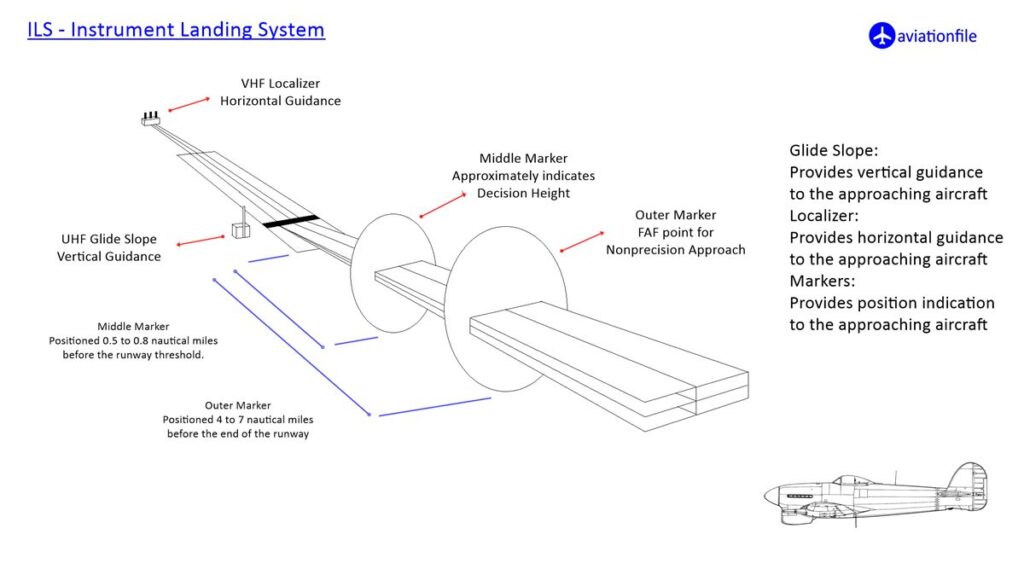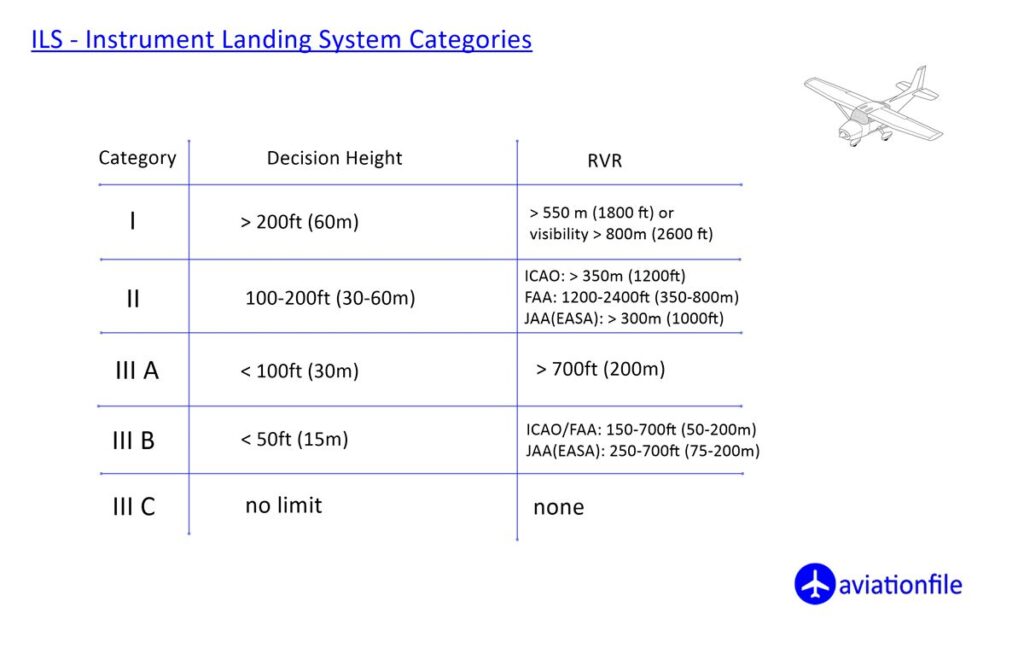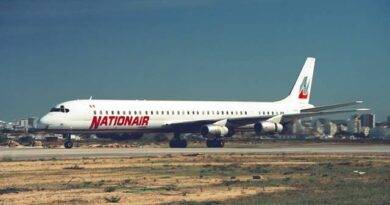The Importance of Instrument Landing System (ILS) Category 3 in Aviation
Abstract: The Instrument Landing System (ILS) is a critical technology used in aviation for precision approach and landing operations. Among the various categories of ILS, Category 3 (CAT III) is of significant importance due to its capability to support landing operations in low visibility conditions, thereby enhancing flight safety and operational efficiency. This article explores the key features and benefits of ILS CAT III, including its role in improving flight safety, reducing flight delays, enhancing operational flexibility, and expanding airport capacity. The article also discusses the technological advancements and regulatory requirements associated with ILS CAT III, as well as the challenges and limitations that need to be considered for its effective implementation. The discussion is supported by scientific literature and examples from relevant airports around the world.
Introduction: The aviation industry has experienced rapid growth over the years, with increasing air traffic and demand for efficient and safe operations. One critical aspect of aviation operations is the ability to conduct safe and precise landings, especially during adverse weather conditions. Poor visibility due to fog, rain, snow, or other environmental factors can significantly impact flight safety and cause flight delays or cancellations. To mitigate these challenges, the Instrument Landing System (ILS) was developed as a ground-based radio navigation system that provides precision approach and landing guidance to pilots. Among the different categories of ILS, CAT III has emerged as a significant advancement that has revolutionized aviation operations by allowing aircraft to land in near-zero visibility conditions. In this article, we delve into the importance of ILS CAT III in aviation, discussing its benefits, technological advancements, regulatory requirements, challenges, and limitations, with reference to relevant examples from around the world.

Improved Flight Safety
One of the primary benefits of ILS CAT III is its contribution to improved flight safety. During low visibility conditions, pilots heavily rely on ILS CAT III to guide them in landing their aircraft safely. ILS CAT III provides highly accurate and reliable information to pilots, including lateral and vertical guidance, approach path, and touchdown zone information, enabling them to perform precision landings without visual references. This significantly reduces the risk of accidents caused by human error, spatial disorientation, or misjudgment of landing distances. ILS CAT III also minimizes the potential for runway excursions, which are among the most common types of accidents during landings. As a result, ILS CAT III enhances flight safety by providing pilots with the necessary guidance and information to make informed decisions during adverse weather conditions, ensuring safe landings and protecting the lives of passengers and crew.

Reduced Flight Delays
Another significant benefit of ILS CAT III is its potential to reduce flight delays. Adverse weather conditions can lead to flight cancellations or diversions, causing disruptions to airline schedules, inconveniencing passengers, and incurring financial losses. ILS CAT III allows aircraft to land safely in low visibility conditions, minimizing the need for diversions or cancellations due to weather-related factors. This can significantly reduce flight delays and disruptions, leading to improved operational efficiency for airlines and airports. For example, London Heathrow Airport (EGLL) in the United Kingdom, one of the busiest airports in the world, has been equipped with ILS CAT III capabilities, which have helped minimize flight disruptions and delays during foggy conditions, contributing to enhanced operational performance.
Enhanced Operational Flexibility
ILS CAT III also provides enhanced operational flexibility for airlines and airports. It allows aircraft to operate in adverse weather conditions, which may otherwise result in flight cancellations or diversions. This enables airlines to maintain their schedules, optimize aircraft utilization, and reduce costs associated with disruptions. ILS CAT III also allows airports to operate more efficiently during adverse weather conditions, without delays.
Enhancing Safety, Efficiency, and Connectivity
The significance of CAT III ILS may be summerised like this:
- Safety: ILS category 3 significantly enhances safety by providing pilots with precise guidance during low-visibility approaches, reducing the risk of accidents and ensuring the well-being of passengers and crew.
- Efficiency: CAT III ILS minimizes flight delays and cancellations caused by adverse weather, leading to improved operational efficiency for airlines, airports, and passengers.
- Connectivity: ILS category 3 enables airports to maintain operations even in challenging weather conditions, enhancing connectivity and facilitating the movement of people and goods.
References
- International Civil Aviation Organization (ICAO). (2018). Annex 10 to the Convention on International Civil Aviation: Aeronautical Telecommunications. Volume I, Radio Navigation Aids, Seventh Edition. Montreal, Canada: ICAO.
- Federal Aviation Administration (FAA). (2020). Instrument Procedures Handbook. FAA-H-8083-16D. Washington, DC: FAA.
- International Air Transport Association (IATA). (2019). Runway Excursion Risk Reduction Toolkit. Montreal, Canada: IATA.
- International Air Transport Association (IATA). (2017). Enhancing Air Traffic Management Efficiency: A Strategic Perspective. Montreal, Canada: IATA.
- Civil Aviation Authority (CAA) UK. (2019). CAP 746: Requirements for Meteorological Observations at Aerodromes. London, UK: CAA.
- Eurocontrol. (2019). Guidelines for the Implementation of Lower Than Standard ILS and MLS Operations. Brussels, Belgium: Eurocontrol.
- Federal Aviation Administration (FAA). (2016). Airport Design. FAA Advisory Circular 150/5300-13A. Washington, DC: FAA.
- Paukkeri, A., & Visala, A. (2018). Aviation Weather Information Services for Improving Air Traffic Management. IEEE Aerospace and Electronic Systems Magazine, 33(5), 10-19.
- Casado, R. F., Silva, H. L. B., & Masiero, P. C. (2017). Instrument Landing System (ILS) Accuracy Analysis Based on the Receiver Autonomous Integrity Monitoring (RAIM) Algorithm. Journal of Navigation, 70(2), 400-413.
- Williams, S. P. (2016). The Impact of Instrument Landing System Category III Operations on Airline On-Time Performance. Journal of Aviation/Aerospace Education & Research, 24(1), 53-63.


